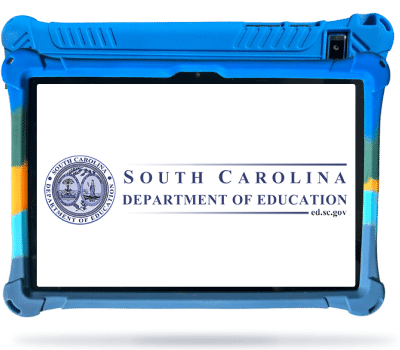Here’s a rundown of how this program works. First, it’s funded by the state government and donations. Parents apply by filling out a financial aid form and if accepted, they receive money for their child’s education. The ESA amount is calculated by a combination of several factors under the state’s BASE aid, amounting to an estimated $5,000 to $6,000 for elementary students, and between $6,400 to $8,000 per high school student, or 65 percent of overall public school funding.
Next Application Window will be November 1- December 1, 2024.
- Online Application (opening November 1, 2024)
- Parent Handbook











